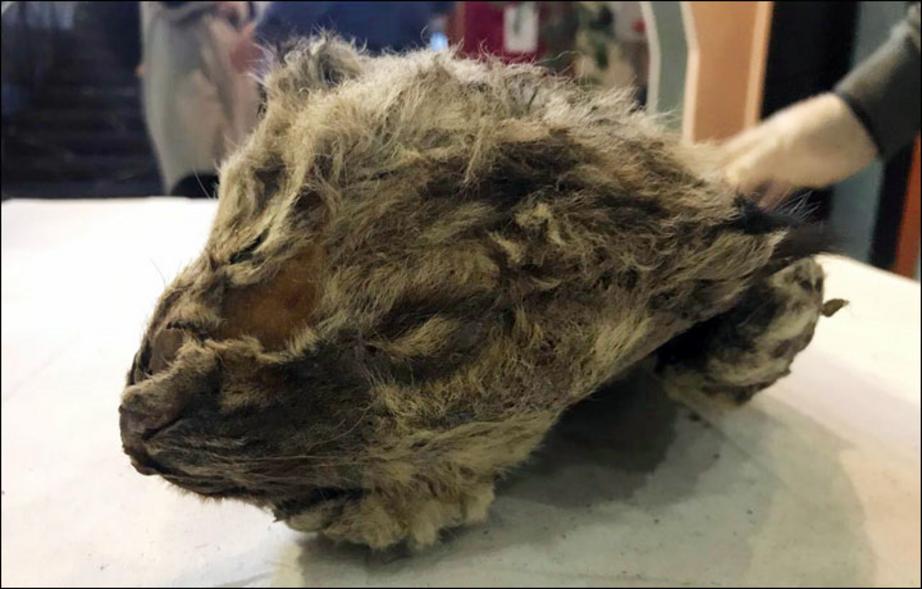Extinct cave lion cub in 'perfect' condition found in Siberia rising cloning hopes
The young beast's head was resting on a paw in frozen ground for up to 50,000 years, shows amazing first picture.
Excited scientists unveiled the discovery - its facial features clearly visible - in Yakutsk today.
The pre-historic animal was found in permafrost on the bank of Tirekhtykh River of the Abyisky district of Yakutia by a local resident Boris Berezhnov.
Excited scientists unveiled the discovery - its facial features clearly visible - in Yakutsk today.
The animal was aged around one and a half to two months old when it perished. It is not yet clear whether the cub was male or female.
Expert Dr Albert Protopopov said: 'It is a perfectly preserved lion cub, all the limbs have survived. There are no traces of external injuries on the skin.'
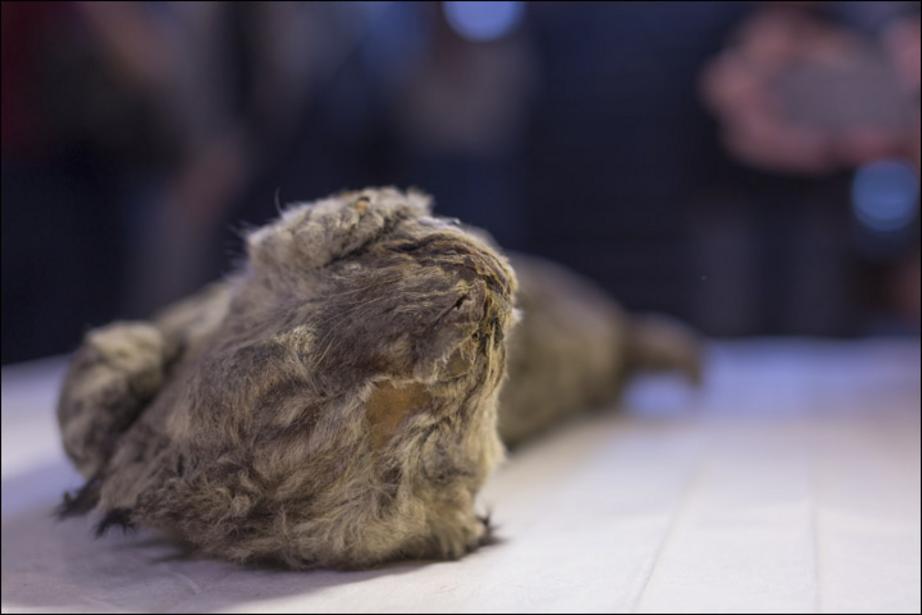

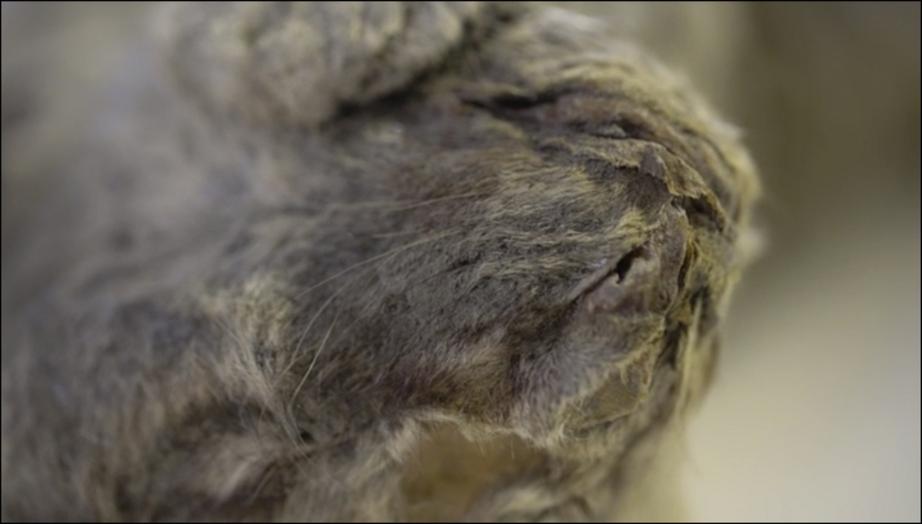
'It is a perfectly preserved lion cub, all the limbs have survived. There are no traces of external injuries on the skin.'
The preservation is so good that it raises hopes of cloning the species back to life, he said.
The discovery is seen as better preserved than two tiny cave lion cubs found in the same Siberian region in 2015.
In one of these scientists found what is believed to be traces of mother's milk.
'Everyone was amazed then and did not believe that such a thing is possible, and now, two years later, another cave lion has been found in the Abyiski district,' he said.
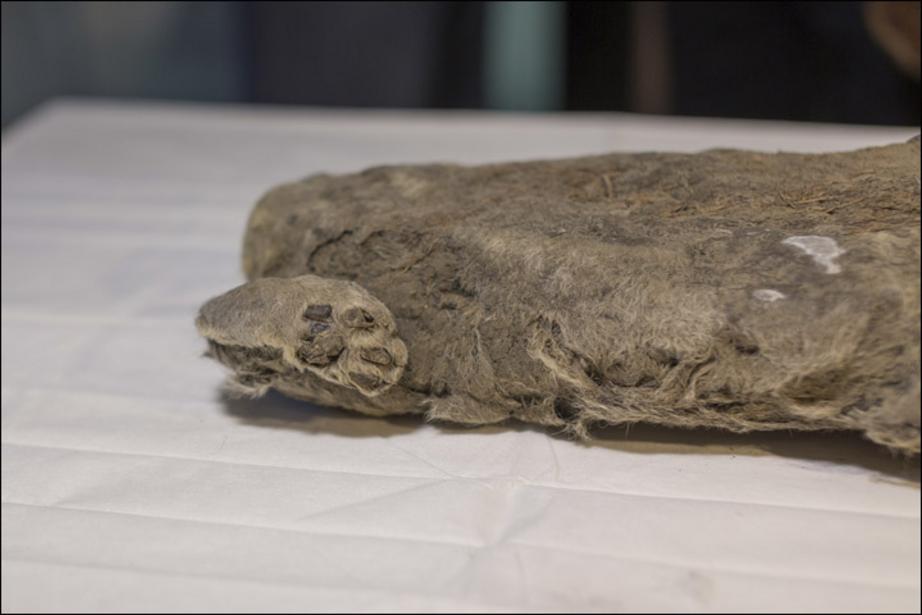
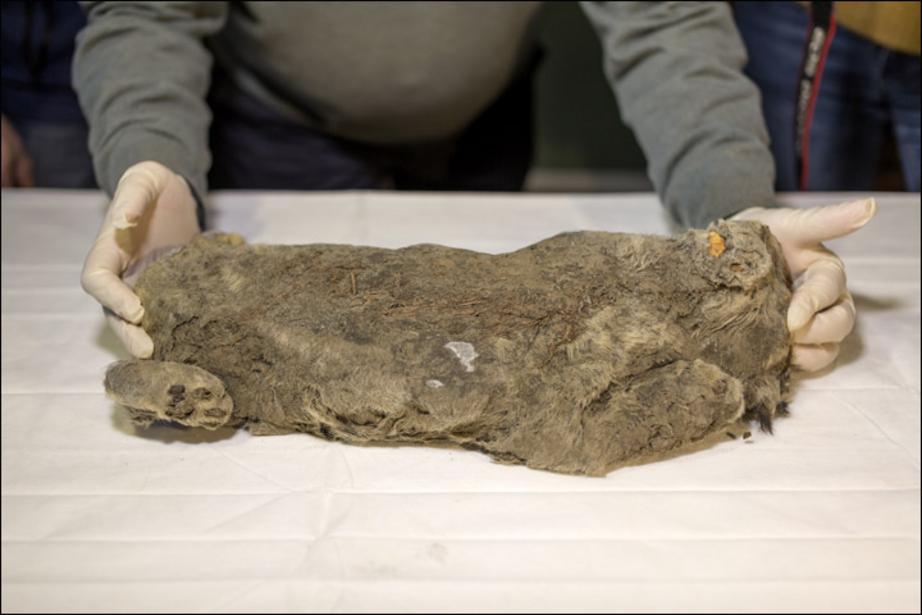

Tests will be carried out on the latest cub to discover its exact age but the estimate is between 20,000 and 50,000 years old. Pictures: The Siberian Times
'The preservation degree is even better.' The latest cub is also slightly older.
The earlier pair - named Uyan and Dina - were said to be some 12,000 years old, dating to around the time the species became extinct. However later research showed them to be up to 55,000 year ago.
Tests will be carried out on the latest cub to discover its exact age but the estimate is between 20,000 and 50,000 years old.
Analysis of the creature's teeth is expected to give a good indication of the age.
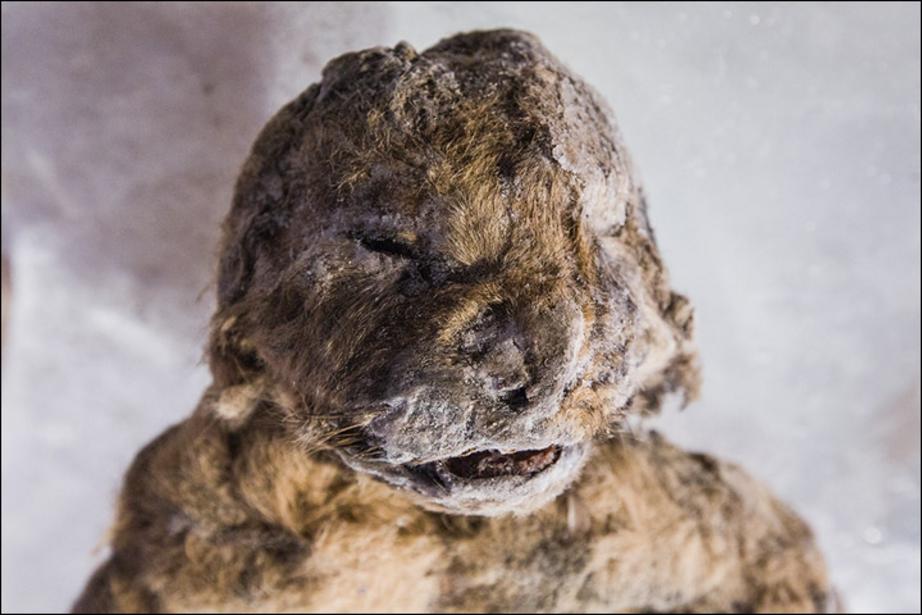

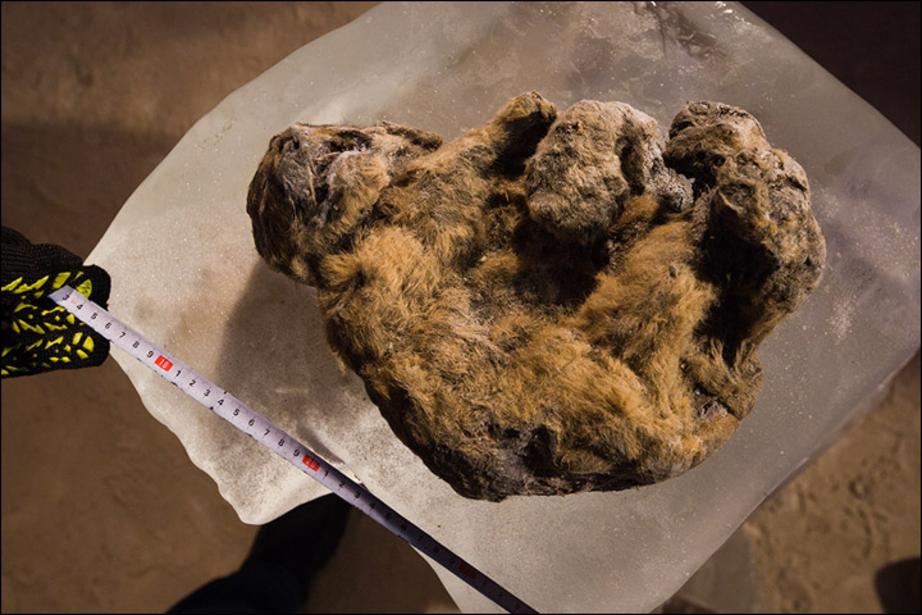
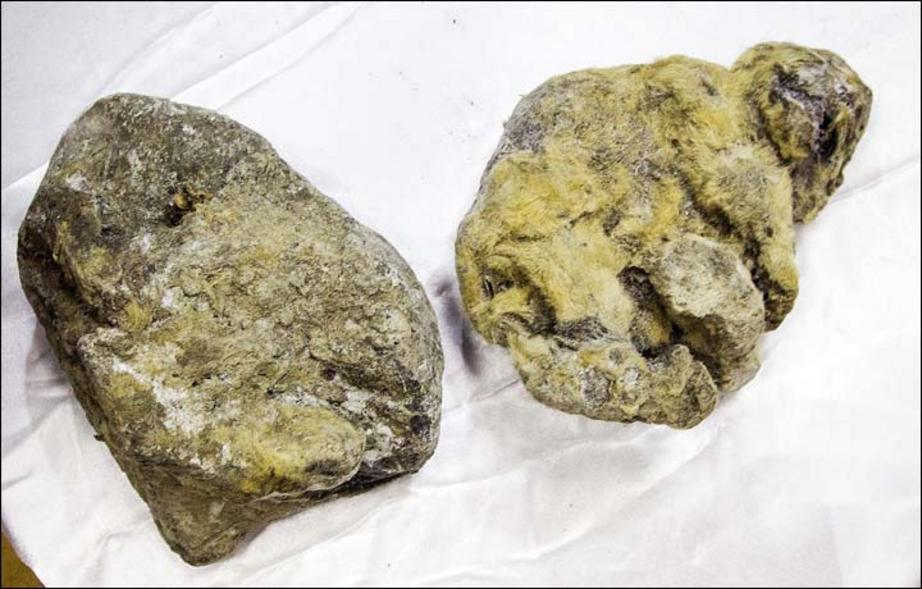
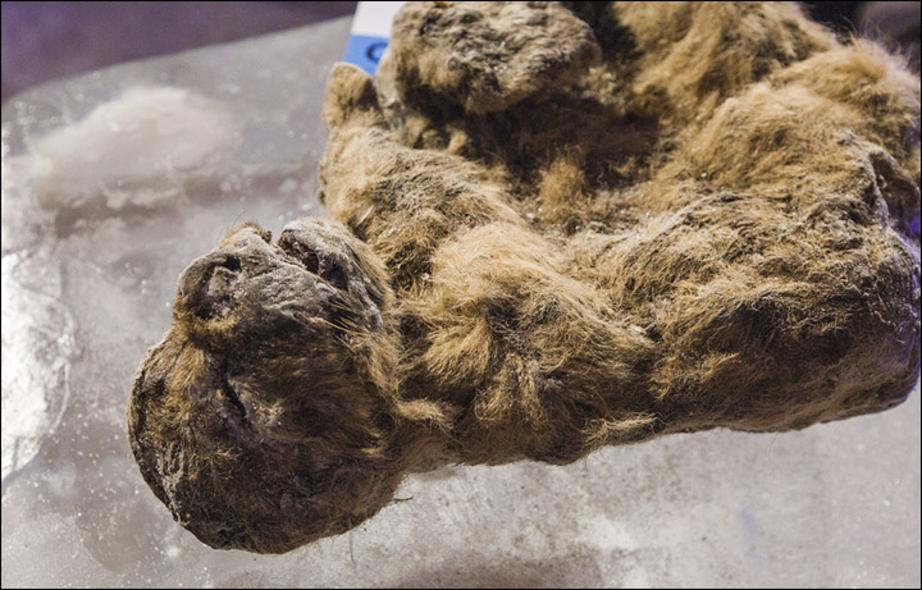

The earlier pair - named Uyan and Dina - were said to be some 12,000 years old, dating to around the time the species became extinct. However later research showed them to be up to 55,000 year ago.
Significant results are expected after around three years research, said Dr Protopopov, head of the department for the study of mammoth fauna, Academy of Sciences of the Republic of Sakha (Yakutia).
Berezhnov spotted the carcass of an 'unrecognisable animal' in September after a drop in the river's water level.
The length of the cub's body is 45 centimetres.
Dr Protopopov told journalists the preservation of the remains of a lion cub may allow an attempt at cloning.

